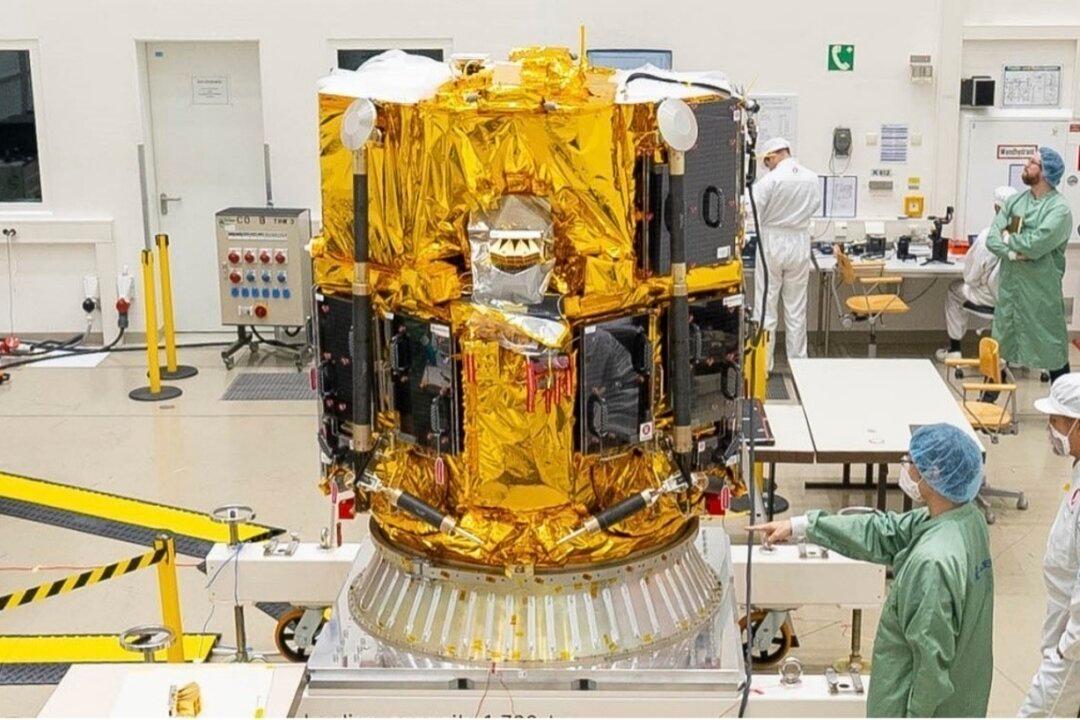CAPE CANAVERAL, Fla.—A private Japanese moon lander went into free-fall while trying to land on the lunar surface last month, company officials said Friday, blaming a software issue and a last-minute switch in the touchdown location.
The spacecraft belonging to the company ispace was originally supposed to land in a flat plain. But the target was changed to a crater before December’s launch. The crater’s steep sides apparently confused the onboard software, and the 7-foot (2-meter) spacecraft went into a free-fall from less than 3 miles (5 kilometers) up, slamming into the lunar surface.





